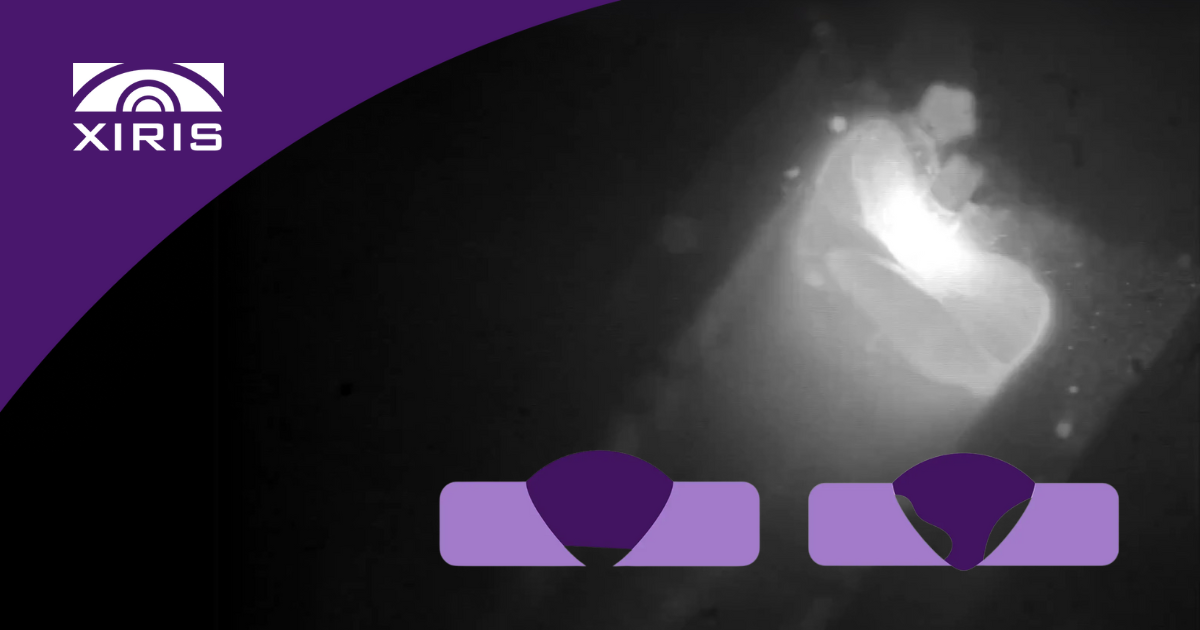Many fabricators use an automated laser seam tracking system in an attempt to achieve better seam quality and increased efficiency during welding. With automated laser seam tracking, programming automation equipment is supposed to be far less complex because the start and end points are often the only parts of the path that need to be taught, using the laser seam tracker system to make adjustments to intermediate points to follow the seam
.jpg?width=275&height=176&name=human_eye_(640x410).jpg) Nonetheless, as we discuss in our free, downloadable whitepaper, “Why an Operator Can Still Outperform a Laser Seam Tracker,” laser seam trackers often fall short of the level of accuracy to track a seam under all production conditions that can be achieved when operators can view the seam.
Nonetheless, as we discuss in our free, downloadable whitepaper, “Why an Operator Can Still Outperform a Laser Seam Tracker,” laser seam trackers often fall short of the level of accuracy to track a seam under all production conditions that can be achieved when operators can view the seam.
What Laser Seam Trackers Can’t Do
Even if the welding path can be optimally programmed for an automated welding process, the seam edges of the parent material and the tool itself are rarely perfectly aligned. This leads to some significant problems for laser seam trackers:
- In certain situation in which there are deep seams (e.g., a root pass in heavy wall pipe welding), detection of the seam may be unreliable because the laser may not be able to scribe a good line into the seam for the camera to image, leading to a laser line that appears broken to the camera.
- When there is a very tight fit-up of the seam with virtually no surface deviation appearing from one side of the strip to the other, a laser seam tracker may not be able to detect a sufficient gap in the seam to classify it as a seam.
- Low reflective surfaces (as a result of oxidation, rust, or other variations on the material surface) or highly specular metals (e.g., plated material such as galvanized steel) may not reflect the laser line at all, or may reflect it back at inconsistent angles, providing a broken laser line to the camera.
- On the final pass of a multi-pass welding process, the laser seam tracker system can’t “see” the shoulders of the mated surfaces because they’re obscured by weldment from the final pass. That makes the weld seam hard to see and leads to unreliable detection of the edges of the parent material around the seam edge.
- Deep scratches on the parent material surface can trick a laser seam tracker system into thinking that the scratches are actually part of the seam, causing the weld automation to run off the actual seam.
What an Operator With a Weld Camera Can Do
Weld Cameras such as the XVC-O, with High Dynamic Range imaging, allow operators to view the weld process in real time from a safe, remote distance—with better visibility of the seam than possible any other way.
The improved visibility of High Dynamic Range imaging is made possible by a special logarithmic CMOS sensor and the latest image-processing technology, which enable the camera system to image both the extreme brightness of the open arc and the dark areas of the surrounding background.
With this improved view of all elements of the weld environment, the operator can see the weld head and seam; detect the seam axis, position and condition; and very easily make a judgment about the seam location and the best alignment between the seam and the weld head. In difficult situations, operators can use their experience and skill to determine the best adjustments to align the seam where laser seam trackers would be at a loss.
Conclusion
Laser seam trackers can get confused as a result of environmental conditions around the weld seam, resulting in automated welding equipment being guided off seam. An operator using a Weld Camera with High Dynamic Range imaging can still outperform Laser Seam trackers in certain situations because they are able to identify surface textures, color variations, and other visual clues to provide the best seam tracking path possible.
To learn more about why operators with Weld Cameras are best at tracking seams and how they can reduce costs, improve productivity, and provide better quality assurance, please download our free whitepaper, “Why an Operator Can Still Outperform a Laser Seam Tracker.”
Image courtesy of Brad Hammonds, Creative Commons.






